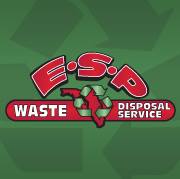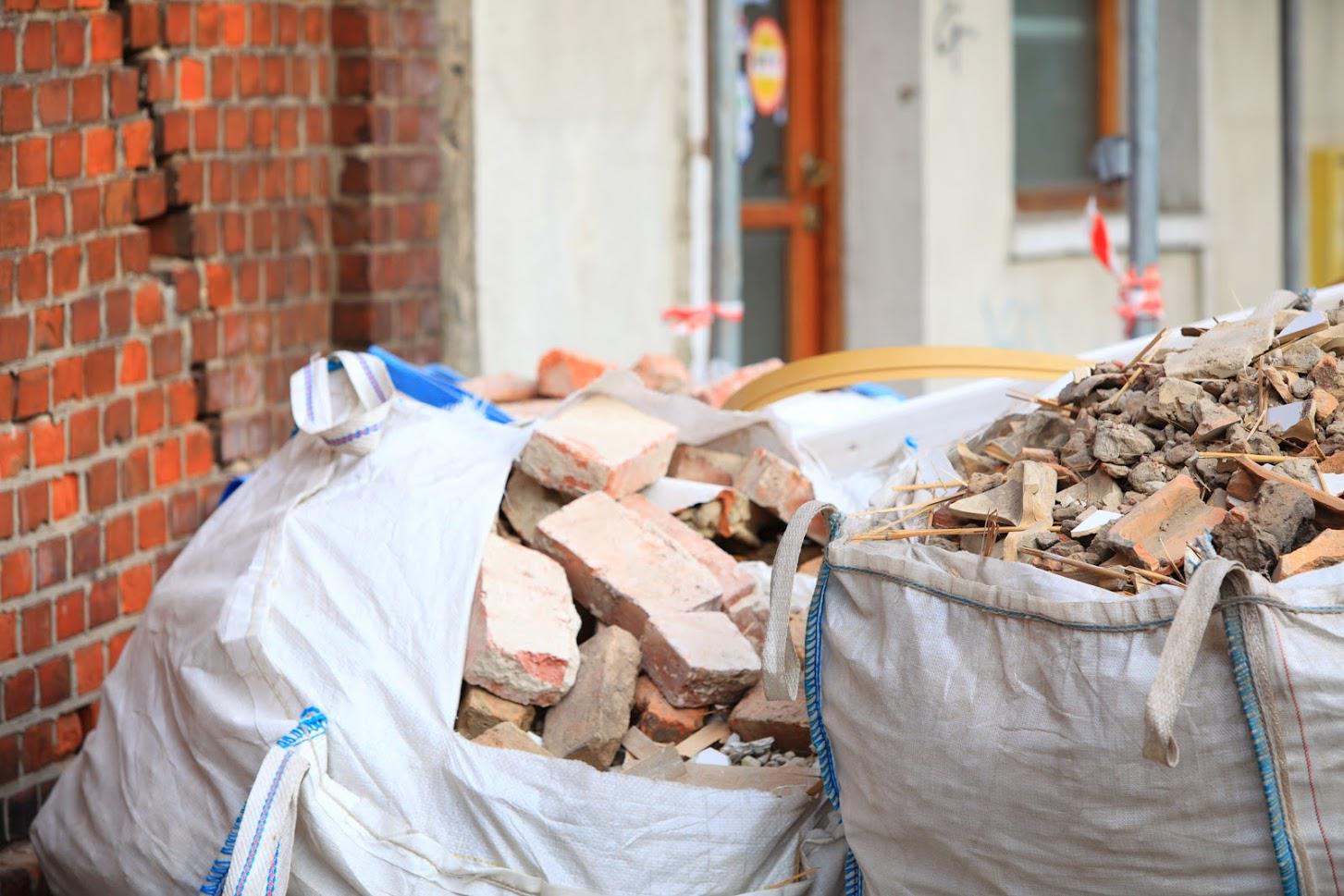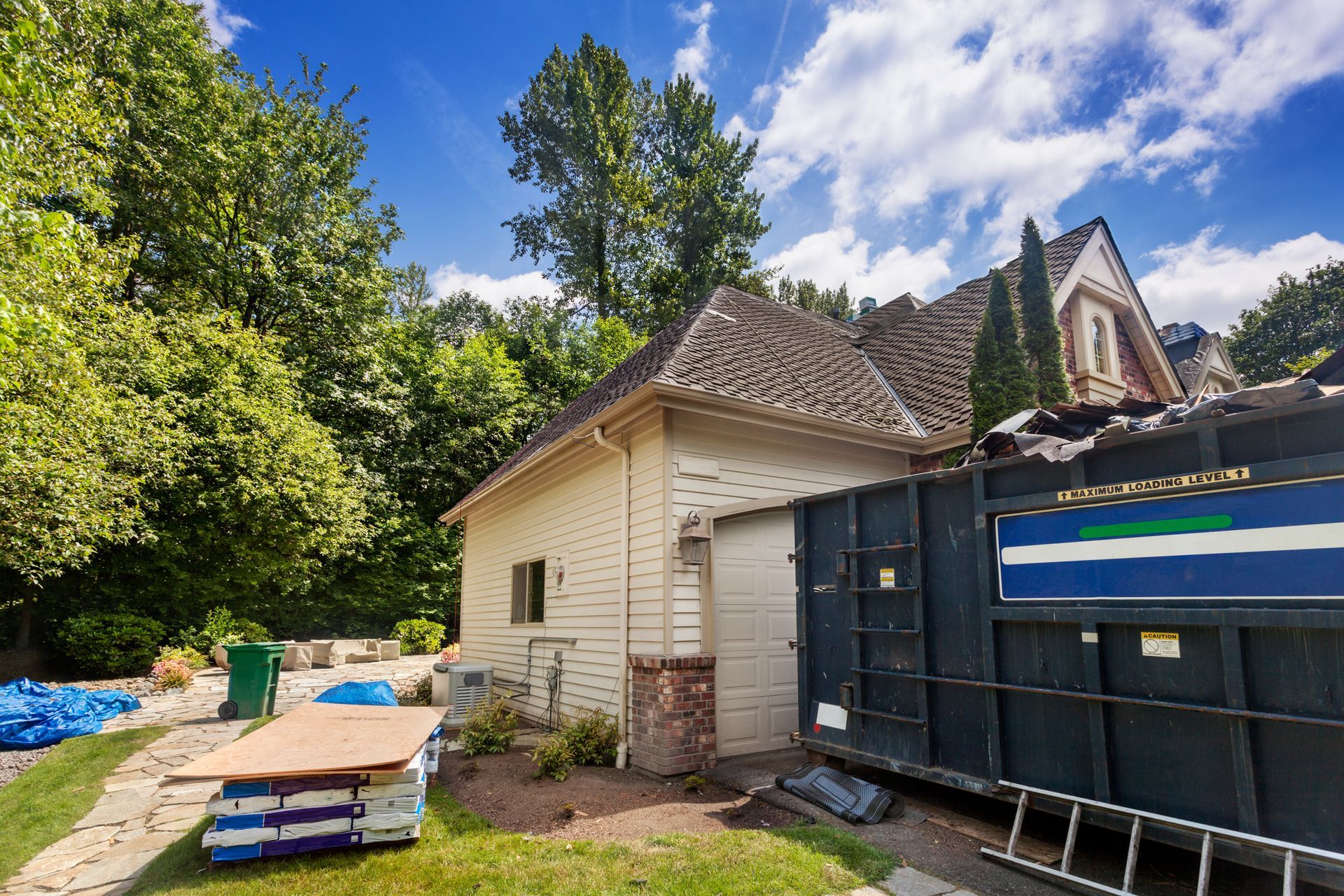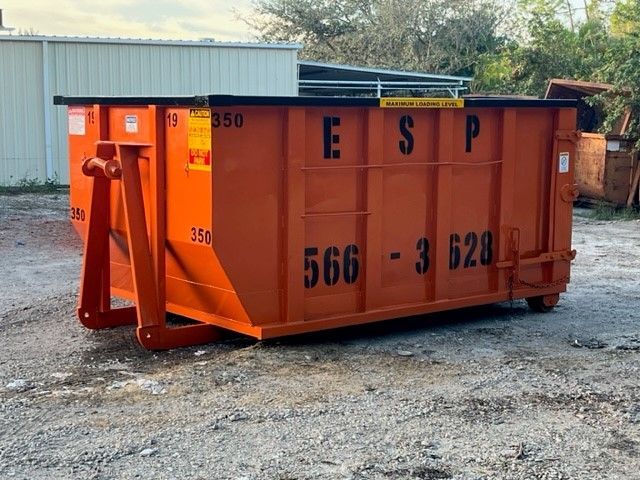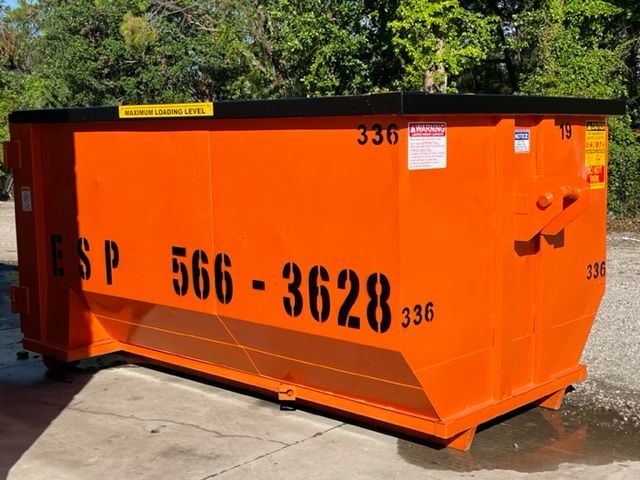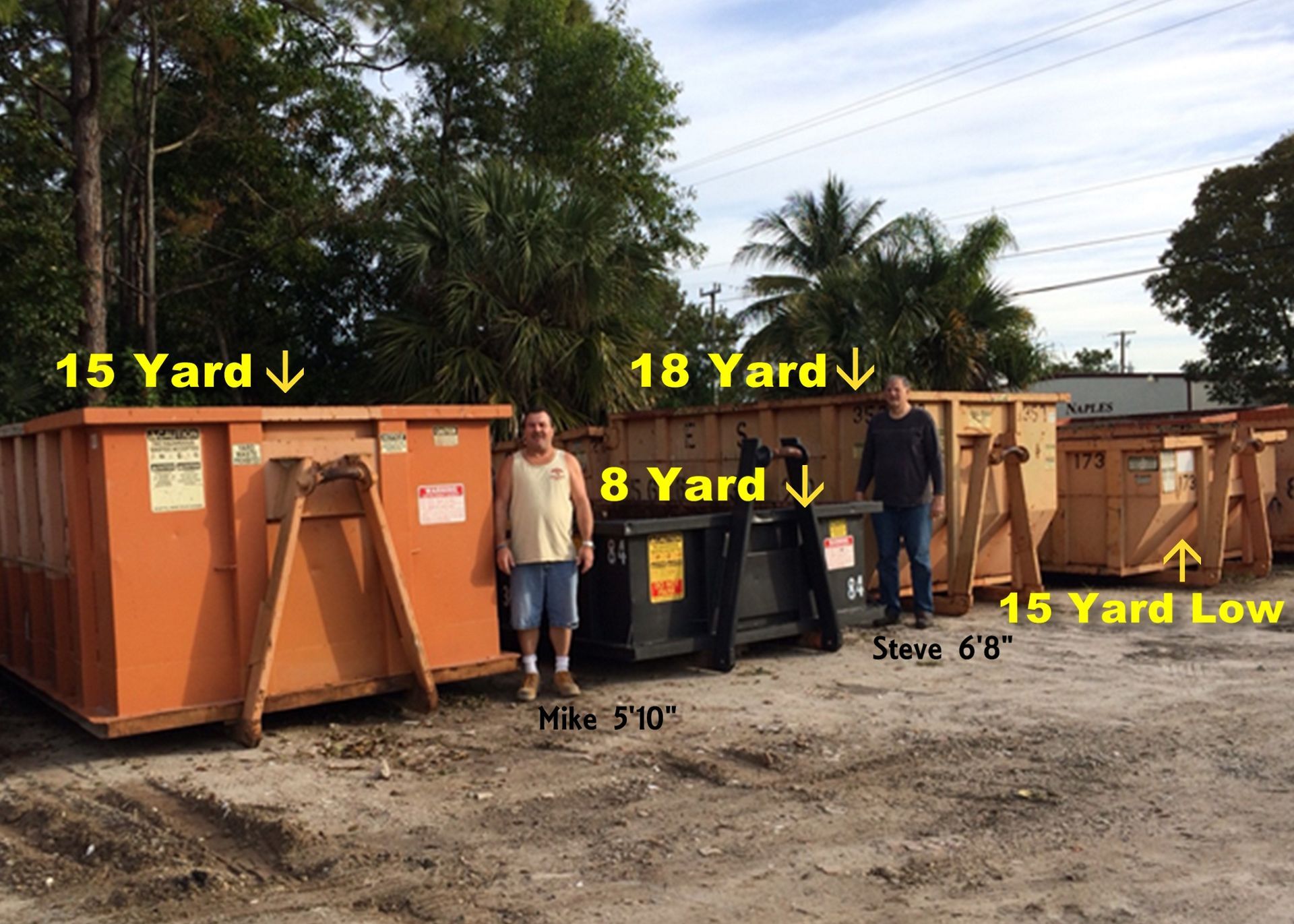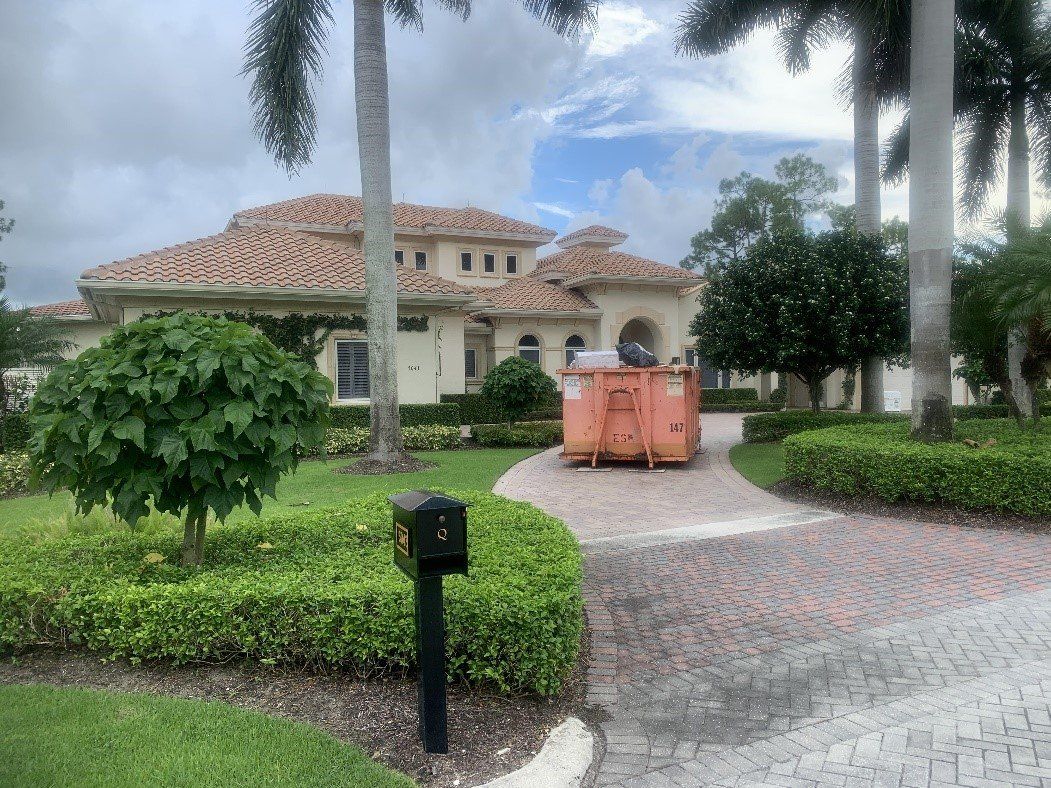How LEED Waste Management Can Protect the Environment From Construction Waste
Admin • January 23, 2020
Your construction project, whether large or small, has specific needs if you're aiming for a LEED-certified construction project. One such need is a good LEED waste management program. But construction site requirements aren't the only reason why this type of waste management program can be beneficial.
These programs are designed to improve eco-friendliness in the waste management sector of your project, helping it match the other eco-friendly aspects of the project. As such, a LEED waste management program is great for not only your project, but the environment. Here's how the program can help you shield the environment from the effects of your construction waste.
1. Keeping Waste Out of Landfills
A good LEED program will divert a large majority of waste away from the landfill. Construction and demolition debris in the USA adds up to about twice as much as the country's municipal wastes. Only one-tenth of that amount is from strictly construction, but still, keeping it out of the landfill can be a huge benefit in regards to reducing the consumption of finite landfill space.
Although opinions may differ on just how quickly the US will run out of space to dump trash and construction waste (and some states will run out more quickly than others), conserving that space still makes sense. After all, the more waste is diverted away from a landfill, the more slowly the landfill will fill up.
2. Recycling
To keep items out of the landfill, a LEED waste management program involves sorting out materials for reclamation or recycling. For instance, some types of roof materials (such as slate and tile) can be reclaimed and sold again for use in new roof projects.
A lot of construction waste is recyclable as well. Concrete, scrap metal, and asphalt shingles are a few items that fall into this category. Recycling has additional benefits besides avoiding the landfill, too. For instance, recycling offers the ecological benefits of reducing the need for virgin materials such as ore and the energy needed to produce items from virgin materials.
In addition, reducing the need for virgin materials means less mining. Since mining can pollute the soil, water, and air near the mining site, reduced need for mining can be great for the environment.
3. Safely and Conveniently Removing Waste From the Site
Not only can good waste removal services be very convenient for your construction project, but they also ensure that debris is transported safely. For instance, when removing dumpsters full of construction waste, the company can place a tarp over the container's top. This helps to keep any debris from falling out along the way and contaminating the environment.
4. Avoiding Heavy Metal Pollution
Scrap metal and other metal-containing debris can contaminate the environment with heavy metals if not disposed of correctly. In addition, scrap metal from a construction project may have other materials contaminating it that could also harm the environment if not disposed of carefully.
For instance, chemicals, asbestos, and oils that come along with the metal scrap could contaminate the environment, along with any heavy metals. This type of contamination can occur even if the metal waste goes to a landfill. That's because if the landfill liner deteriorates, the contamination can escape into the soil below and around the landfill.
Choosing a LEED waste management program can help you avoid these potential downsides of subpar disposal.
These are just some of the ways that LEED waste management can protect the environment by responsibly disposing of construction debris from your site. Of course, this type of waste management can also benefit your construction project in other ways.
One example is that LEED waste management programs may even allow you to get some money back as a rebate when your scrap metal goes to recycling. For more information on our LEED waste management services or to inquire about pricing, get in touch with ESP Dumpsters today.
